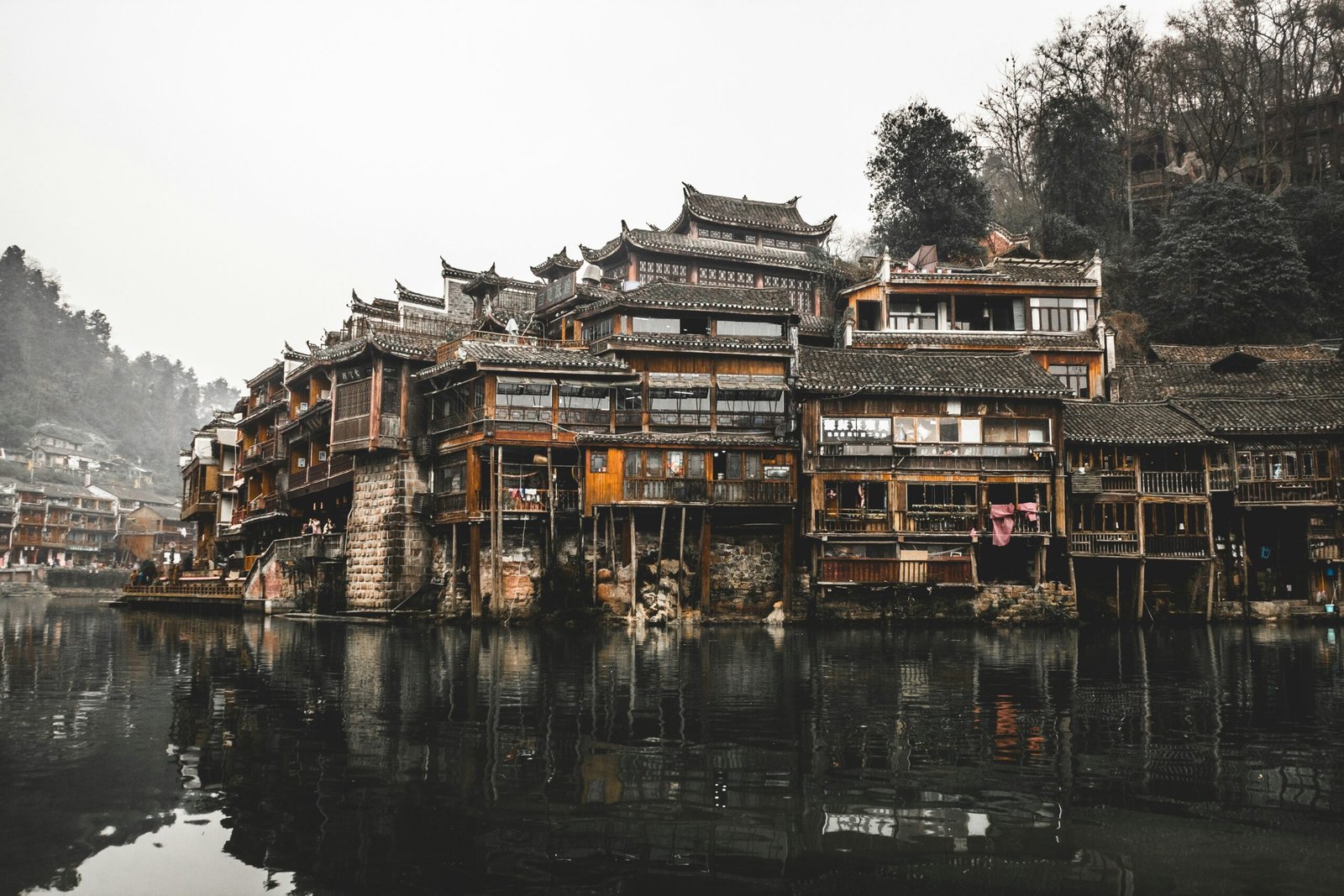The Cultural Essence Embedded in China’s National Anthem
The anthem of the People’s Republic of China, “March of the Volunteers,” is a profound reflection of the nation’s historical and cultural journey. Originating during the Second Sino-Japanese War, the anthem was born out of a period marked by intense struggle and resistance. The lyrics were penned by the esteemed poet Tian Han, and the music composed by Nie Er. The anthem was officially adopted in 1949, marking the establishment of the People’s Republic of China. The anthem’s origin is deeply rooted in a time of national crisis, resonating with themes of resistance and unity.
The lyrics of “March of the Volunteers” encapsulate core Chinese values such as patriotism, resilience, and collective effort. Phrases like “Arise, ye who refuse to be slaves!” and “The Chinese nation faces its greatest peril” highlight a call to arms and a collective resolve to overcome adversity. This spirited call to action is emblematic of the Chinese people’s enduring sense of patriotism and their unwavering commitment to national unity. The anthem serves as a musical embodiment of China’s cultural heritage, blending the rich traditions of Chinese poetry with the universal language of music.
Moreover, “March of the Volunteers” plays a pivotal role in fostering national identity. It is through this anthem that the Chinese people find a shared sense of purpose and pride. The anthem is more than just a song; it is a symbol of the collective spirit that has driven China forward through centuries. It represents the resilience of a nation that has faced numerous challenges and has emerged stronger each time. The cultural significance of the anthem is further amplified during national ceremonies and international events, where it serves as a reminder of China’s historical journey and its cultural ethos.
In essence, “March of the Volunteers” is a powerful testament to China’s cultural and historical narrative. Through its evocative lyrics and stirring melody, it encapsulates the spirit of resistance, the importance of unity, and the enduring values of patriotism and resilience. The anthem stands as an enduring symbol of China’s cultural heritage, reflecting the nation’s past struggles and its aspirations for the future.
Comparative Cultural Ties Between China and India Reflected in National Symbols
The national anthems of China and India, “March of the Volunteers” and “Jana Gana Mana” respectively, serve as profound reflections of their cultural identities and shared historical experiences. Both anthems encapsulate themes of resistance and resilience, echoing the nations’ struggles against colonization and their subsequent quests for sovereignty. These songs function not merely as patriotic hymns but as profound expressions of national character, embodying the aspirations and collective memories of their peoples.
China’s “March of the Volunteers” emerged during a period of intense national crisis, symbolizing the unity and determination of the Chinese people in their fight against foreign aggression. Similarly, “Jana Gana Mana” was composed during a time of rising national consciousness in India, articulating the vision of an inclusive and diverse nation. Both anthems underscore the importance of unity and collective effort, reverberating with the historical ethos of resistance and liberation.
Beyond their anthems, China and India share a rich tapestry of cultural exchanges that date back centuries. The ancient Silk Road facilitated not only trade but also the interchange of ideas, philosophies, and religions. Buddhism, which originated in India, found fertile ground in China, profoundly influencing Chinese culture, art, and philosophy. This spiritual and cultural interchange underscores the deep-rooted connections between the two civilizations, fostering mutual respect and understanding.
In the modern era, diplomatic relationships between China and India continue to evolve, reflecting both cooperation and competition. The cultural symbols of both nations, including their national anthems, play a crucial role in this dynamic, serving as reminders of their shared histories and cultural affinities. By examining the thematic elements of “March of the Volunteers” and “Jana Gana Mana,” one can discern a common narrative of perseverance, unity, and aspiration that bridges the cultural and historical landscapes of China and India.




